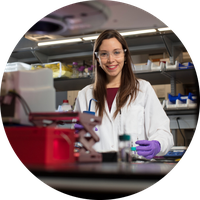Energy & sustainability
Avinash Manjula Basavanna
His biodegradable plastic protects against extreme chemicals, but heals itself using water.

Global
David Warsinger
His system could alleviate the drawbacks of existing desalination plants.

Asia Pacific
Dongliang (Donny) Chao
Finding safe, low-cost, and scalable energy storage new battery technologies

China
Jinxing Zheng
Exploring controllable nuclear fusion technology to solve the global energy problem

Latin America
Daniela Blanco
Reducing the environmental impact of the chemical industry to replace oil and gas with electricity from renewable sources.
